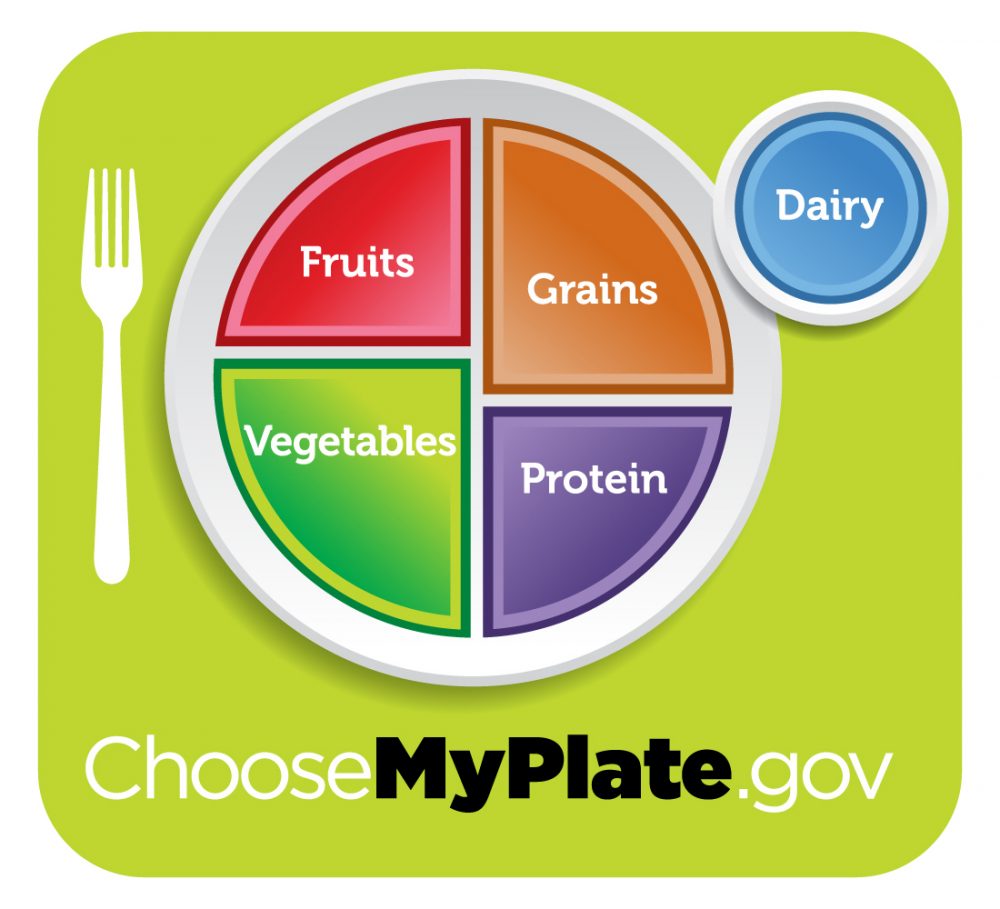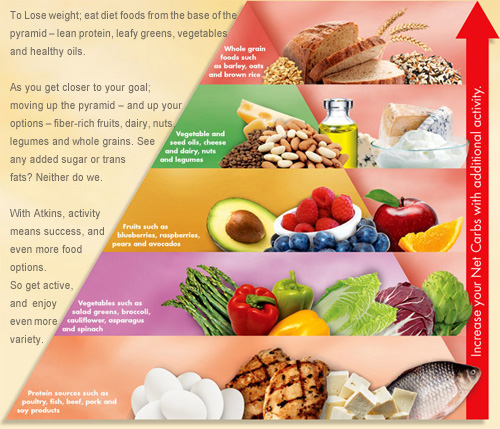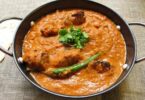There are too many popular diet and nutrition plans. They create confusion. Many people ask the simple question, “What are healthy foods to eat”?
So, I thought it would be helpful to also shed some light on WTE (what to eat) while following a healthy diet and nutrition plan. This may help answer some nutritional questions regarding which diet is really “perfect” for you.

The United State’s Department of Agriculture’s, “My Plate”.
Different Diet and Nutrition Choices
Take a look at the pictures above reflecting various diet and nutrition plans. Different food suggestions, different ideas of healthy foods. Yet, they have one big similarity.
None of them mention chips, cookies or ice cream. Sure it is ok to dabble a little bit once in a while, but junkie convenience foods have crept their way into daily eating. And, eating junk daily is never good.
Moreover, for some of us, desserts are a staple after each meal.
The three diets (shown above) are examples of the anti-inflammatory diet, the low carb diet and the calorie controlled diet. Just a few of the hundreds of thousands of different ways to feed yourself.
With so many diet and nutrition plans out there, which one is best? What food plans work and how are you supposed to know WTE?
What Factors Should I consider on a Healthy Diet and Nutrition Plan?
A balanced diet and nutrition food plan is not the same for everyone.
By definition, balanced eating would apply solely to consuming a balanced ratio of nutrients from carbs, protein, and fat (1:1:1). In a balanced diet, calories are distributed evenly across the board at about 33% of total calories for each macronutrient.
You should understand that most “healthy” diet and nutrition plans don’t emphasize this balanced equation. Also, unique personal characteristics should dictate and override a general diet formula.
A healthy diet will incorporate different healthy foods for everyone based on their own special circumstance. For example:
- Being athletic changes the nutritional playing field. Athletes may benefit from eating a balanced ratio of nutrients. However, their nutrient goals to fuel, recover and repair from the stress of long bouts of physical activity make protein food choices especially important.
The diet and health plan should contain protein shakes, chicken, nut butter, meat or eggs.
- Hippocrates, 460 BC– 377 BC, is noted for his famous quote “Let food be thy medicine and medicine be thy food”. If you have a medical condition (such as diabetes, high triglycerides, high blood pressure or polycystic ovarian syndrome) a “balanced” diet may require tipping the scales.
When making food choices, select more healthy fat foods and steer clear of sugar/carbohydrates. Healthy fat foods include: avocado, butter, and olive oil. Carbohydrates spike blood sugar and insulin levels. It is important to avoid these foods to help promote good health.
- If you are healthy, participate in exercise and within your weight range, eating an equal amount of calories from protein, fats, and carbs might be an option for you.
WTE on a Healthy Balanced Diet and Nutrition Plan Wrap Up
A Healthy Diet and Nutrition Plan is not the same for everyone. My best advice is to understand your own personal needs. Then you can make optimal food choices that will work for you.
Nutrients can either act in your favor or against you. If you strive to “balance” and personalize your eating plan, knowing what to eat will be easy. It’s your choice.
Do you have more questions about diet and nutrition? Check out my book, The Stubborn Fat Fix or contact us to schedule an appointment.








